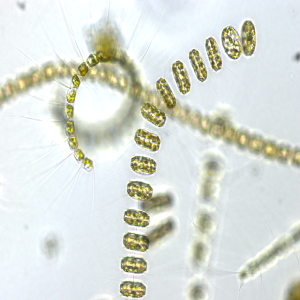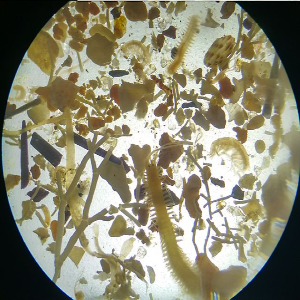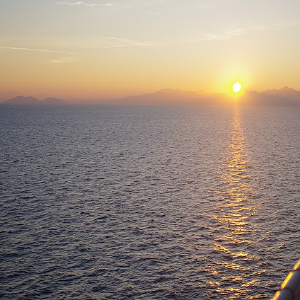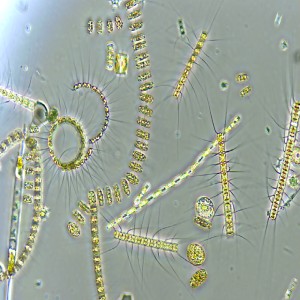Fluxes of particulate matter, carbonates, organic carbon and nitrogen in the northern Adriatic continental shelf: A synthesis overview

Accepted: 19 November 2018
Supplementary: 171
HTML: 60
All claims expressed in this article are solely those of the authors and do not necessarily represent those of their affiliated organizations, or those of the publisher, the editors and the reviewers. Any product that may be evaluated in this article or claim that may be made by its manufacturer is not guaranteed or endorsed by the publisher.
Time series of composition and fluxes of settling particles in the marine environment, obtained by sediment traps, contribute to define the main processes driving the dynamics of particulate matter and of the time/space variability of benthic-pelagic exchanges. With this aim, the composition and seasonal and annual fluxes of settling matter, obtained from different projects and from published papers, at 8 sites of the Northern Adriatic shelf were estimated. The mean yearly particulate fluxes varied from 2763 to 14,447 g m-2 y-1, from 66 to 236 gC m-2y-1 for organic carbon (OC) flux, from 861 to 7525 g m-2y-1 for carbonates and from 12 to 42 gN m-2y-1 for nitrogen (N). The fluxes were characterized by high seasonal variations with marked increase in autumn or in winter with respect to spring or summer. The sink of particles occurs in relatively short episodes as about 50% of annual particle flux settles in less than 1-2 months in the western coastal area. This seasonality can be related to the riverine discharges, primary production and wind regimes of the basin. Utilizing the N/OC ratio as an index for discriminating the different origin of organic matter (i.e., resuspended/riverine and autochthonous), the primary marine carbon flux was estimated to range from 10 to 28% of the OC fluxes and accounted for 8-40% of the primary production, depending on the site. Then, due to the shallow waters of the basin and to the relevant riverine inputs, the total fluxes near the sea bottom were highly dependent on resuspension and advective transport processes. The important contribution of these last processes as source of organic matter is suggested also by the comparison between fluxes determined by sediment traps with mass accumulation rates (MAR) in sediments, derived from radionuclide measurements. Indeed, the fraction of OC fluxes which is not buried in the sediment is sufficient to support the benthic respiration processes.
Supporting Agencies
Italian Ministry for University and Research: VECTOR-FISR and PRISMA-1 projects, Veneto Region, ARPAV- Regional Agency for Prevention, Environment and Energy of Veneto, CNR (National Research Council), ICRAM - Istituto Centrale per la Ricerca Scientifica e Tecnologica applicata al MarePAGEPress has chosen to apply the Creative Commons Attribution NonCommercial 4.0 International License (CC BY-NC 4.0) to all manuscripts to be published.



 https://doi.org/10.4081/aiol.2018.7601
https://doi.org/10.4081/aiol.2018.7601







